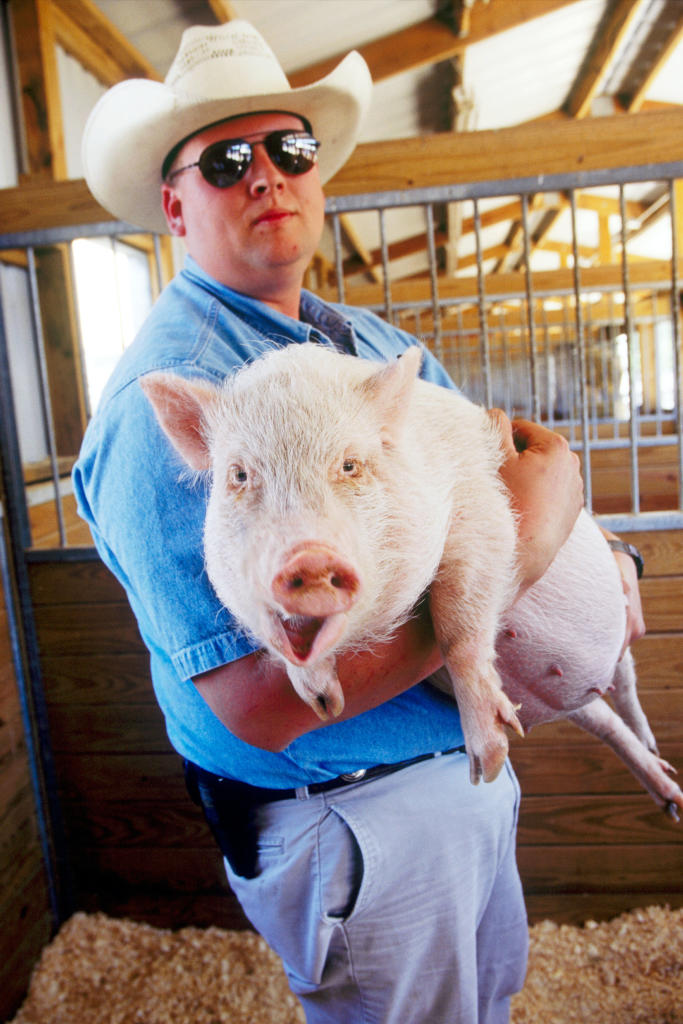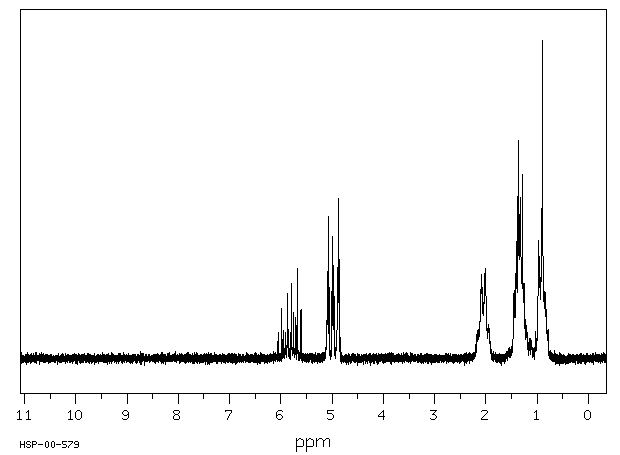
Planet Zoo Animal List
GiraffidaeThe Okapi ( Okapia johnstoni) is a large African ungulate featured in. It is featured in the Standard Edition of the game.Zoopedia Description GeneralPopulation in the Wild: 32,000The okapi (or Okapia johnstoni) is a secretive species native to the dense forests of the Democratic Republic of Congo. They have a distinctive appearance with a grey-white face, dark brown coat across their torso, as well as bright white stripes across their legs and hindquarters. The sexes differ slightly as the males also have small horns, whereas females have whorls of hair in the equivalent area.
Freedom force 3. Planet Zoo's Arctic DLC adds polar bears and three other animals - Jordan Devore You can make Planet Zoo's Sandbox Mode stress-free - Jordan Devore Planet Zoo guide: Tips I wish I would've known. Mammals African Lion. Colobus Monkey. Malayan Tiger. Of the 190 species, the Zoo is home to 94 species that are part of the Species Survival Plan, a program created by the Association of Zoos and Aquariums member zoos to systematically develop breeding management strategies.
Both average 1.4 to 1.6m tall and 2.4 to 2.6m long.The species is endangered for a number of reasons. Firstly, deforestation and the expansion of human infrastructure have caused the destruction of their habit, but they are also killed for the bushmeat trade and have been victims of the conflict in the Democratic Republic of Congo. The war there means the use of firearms and also the enforcement of boundaries, which may impact on their territory and foraging routes. The okapi is the flagship species for the Congo rainforest ecosystem, and as such has nature reserves and multiple captive breeding programmes dedicated to protecting it.SocialOkapis are solitary, interacting only to mate - the only exception being a mother with her calf.ReproductionOkapis live alone in dense woodland, marking their territory with scent released from glands in their feet. These are then tracked by other okapis in order to mate; when two meet, they will court each other by circling, sniffing and licking each other, before mating and going their separate ways. After a pregnancy of 14 to 16 months, the mother will give birth to one calf, which spends the first two months of its life hiding in the undergrowth while its mother forages.
